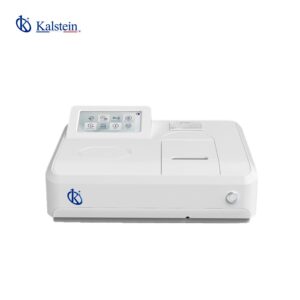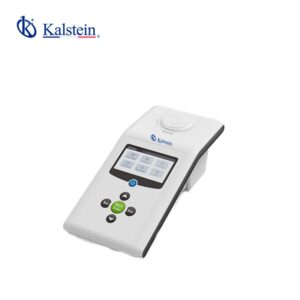Turbidity Meter
These turbidity measuring instruments can be used in wastewater sectors such as settling ponds, to measure the amount of solids suspended in the water and then decide if it can be redirected to the next level of purification; in water purification, the degree of transparency lost by the water due to the presence of suspended particles measures; turbidity is a parameter to know the quality of the water, the higher the turbidity, the lower the quality.
Turbidity measurement can be used to provide an estimate of the concentration of total suspended solids, which is otherwise a tedious and not easy to measure parameter; in addition, turbidity is measured in Nephelometric Units of Turbidity (NTU); they also detect light source particles for both ultra-pure water applications and high turbidity water applications.
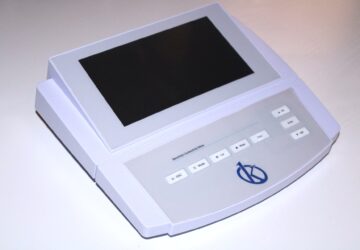
Types of Turbidity Meter a Laboratory May Need
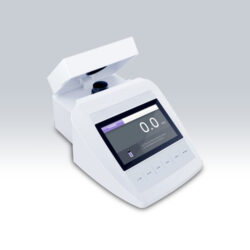
Benchtop turbidity meter YR01842
Multiparameter benchtop turbidity meter with the Total Suspended Solids measurement mode, 2 to 7 points...
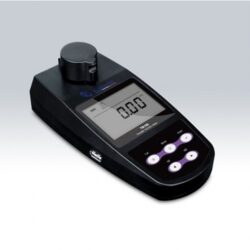
Portable turbidity meter YR01841
High-performance portable turbidity meter, 2 to 5 points calibration, selectable 4 turbidity units. The meter...
Our Best Selling Turbidity Meter
• High-performance portable turbidity meter meets the design criteria in ISO 7027.
• 2 to 5 points calibration using the Formazin Standards.
• Selectable 4 turbidity units, including the NTU, FNU, EBC and ASBC.
• Single measurement mode automatically senses and locks a stable reading.
• Continuous measurement mode can be used for indexing or matching the sample vials.
• Auto-Power Off effectively conserves battery life.
• Setup menu allows setting the number of calibration points, resolution, date and time, etc.
• Reset function automatically resumes all settings back to the factory defaults.
• Expanded memory stores or recalls up to 100 data sets.
• USB communication interface for data transfer or connecting a power adapter to meter.
| Model | YR01841 |
| Range | 0 to 1100 NTU, 0 to 275 EBC, 0 to 9999 ASBC |
| Resolution | 0.01 (0 to 99 NTU), 0.1 (100 to 999 NTU), 1 (1000 to 1100 NTU) |
| Accuracy | ±2% of reading (0~500 NTU), ±3% of reading (501~1100 NTU) |
| Calibration Points | 2 to 5 points |
| Calibration Standards | 0.02, 10, 200, 500, 1000 NTU |
| Light Source | Infrared-emitting diode (850nm wavelength) |
| Detector | Silicon photodiode |
| Stray Light | <td data-sheets-value="{"1":2,"2":"<0.02 NTU|
| Sample Volume | 30ml |
| Memory | Stores up to 100 data sets |
| Output | USB communication interface |
| Display | Custom LCD (60×40 mm) |
| Power | 3×1.5V AA batteries or DC5V power adapter |
| Auto-Power Off | 15 minutes after last key pressed |
| Dimensions | 180(L)×85(W)×70(H)mm |
| Weight | 300g |
| Order Code | Accessories |
|
YR01841
|
Turbidity standards 0.02, 200, 500, 1000 NTU |
| Glass sample vials | |
| Lint-free cloth | |
| Carrying case |
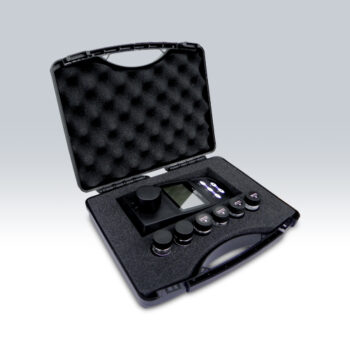
Analysis of the best Turbidity Meters for your Laboratory
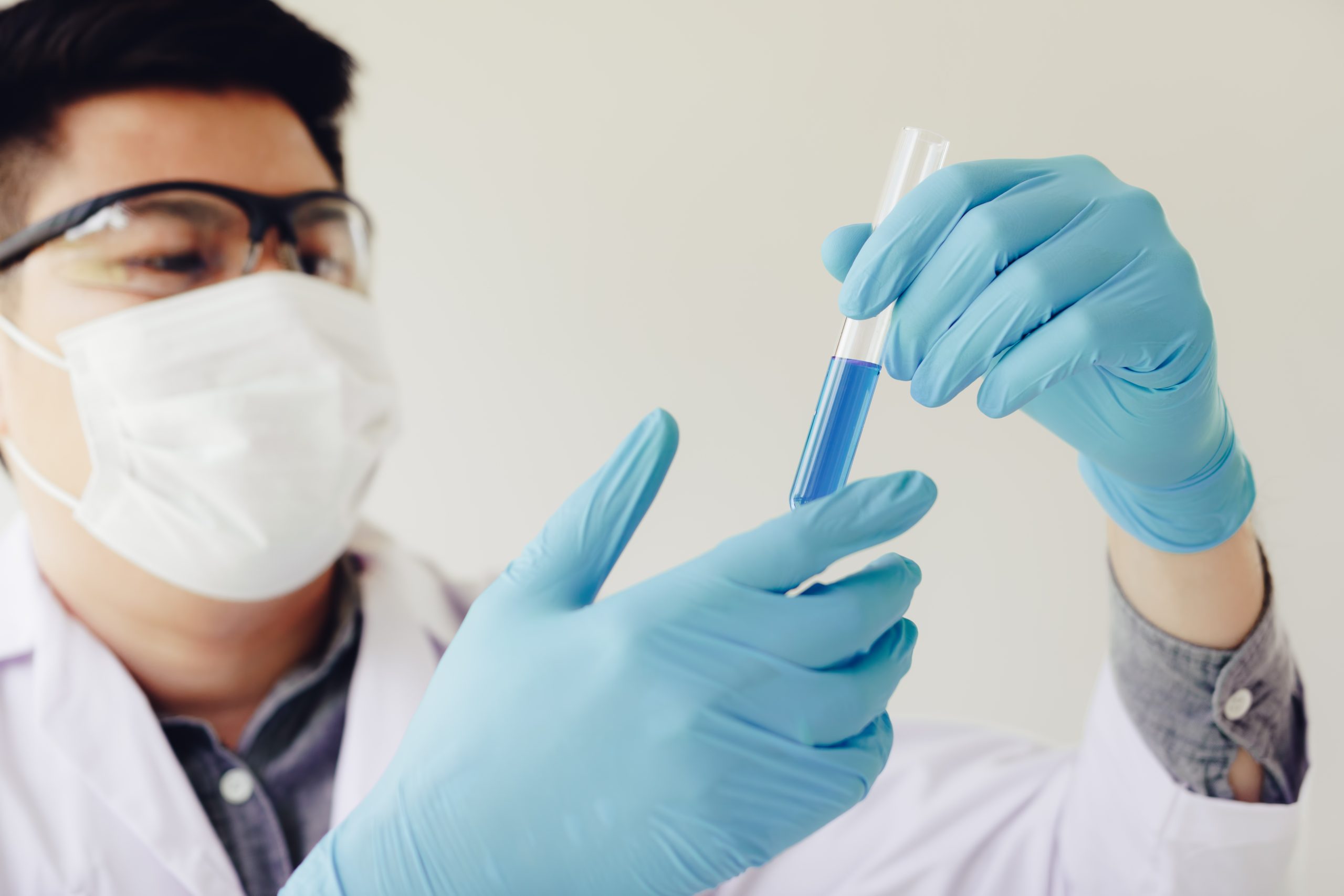
Turbidity Meter: What does it measure?
To know the degree to which water loses its transparency, it is necessary and indispensable in the quality...
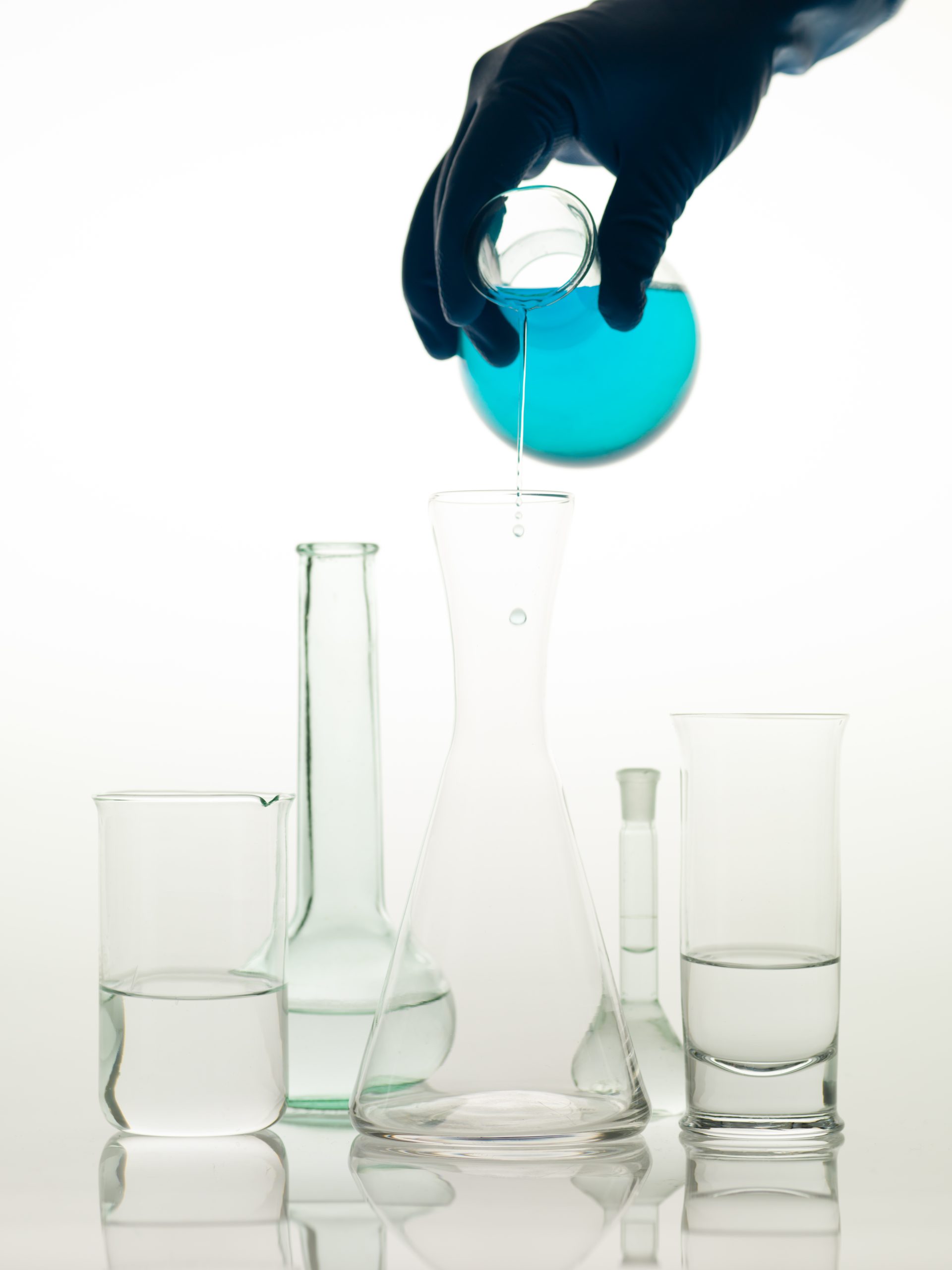
Laboratory turbidimeter: operation
A turbidimeter is a laboratory device used to measure suspended particles in a liquid, that is, to measure ...
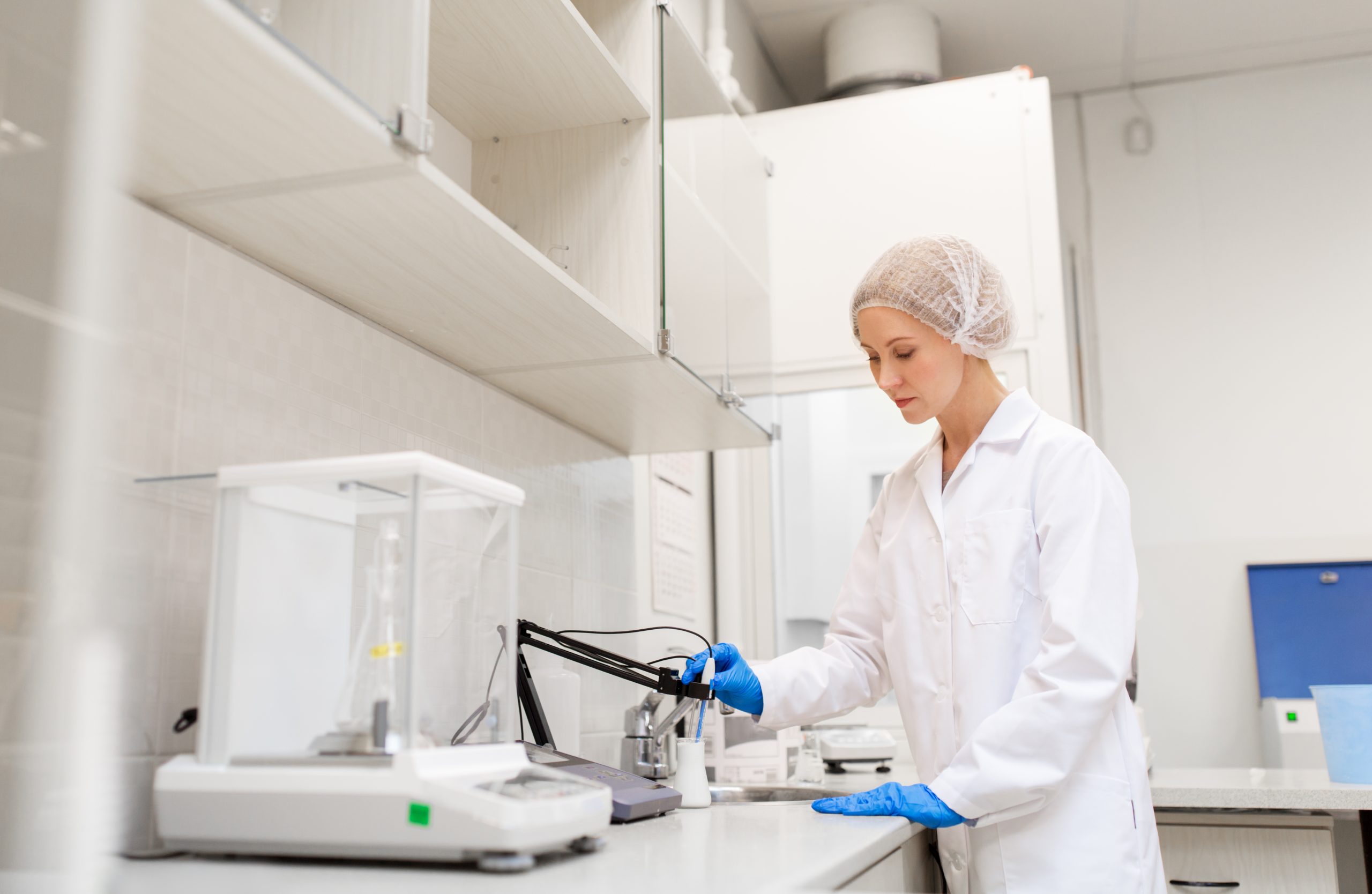
Turbidity Control in Water Treatment
Turbidity meters are commonly used as part of water quality inspection to determine water resource protection...

How is Turbidity Measured in Portable Water?
Turbidity in drinking water can be measured using a measuring device known as a turbidimeter. The turbidimeter...
Turbidity Meter Model Catalog on Sale
KALSTEIN UPDATED
Guides to becoming a Turbidity Meter expert
At Kalstein we are manufacturers of Turbidity Meter equipment of the highest quality and that have the best technology on the market, we leave you some guides to know more about our product.
What are the Turbidity Measurement Methods?
Turbidity is a parameter that represents the time of incapacitation of light in water and other liquids. The parameter was...
What are the steps to use and calibrate a turbidimeter? - Kalstein
A turbidimeter is an instrument used to measure suspended particles of a liquid or dissolved gas, through an optical...
What are the Standards for Turbidity Analysis for Water Treatment?
A turbidimeter (also called a turbidity meter) is a water quality monitoring device used to quantify the amount of suspended...
Laboratory Turbidimeter: What are the different types that exist?
These devices allow us to measure the turbidity of water, being turbidity an indicator of water quality, once the turbidity level is established the appropriate treatment to transform it into quality water such as coagulation, filtration and decantation...
Turbidity Meter Video in Operation
In this section you can find, our Turbidity Meter in operation, packaged, receiving service, etc.
Turbidity Meter Operating
Beyond these two main methods, there are also alternative measures of turbidity measurement that are used to complement data from more direct methods such as the use of turbidimeters. These include indirect optical measurement through various techniques such as spectral absorption, light scattering, buoyancy tests and ultraviolet measurement.
To summarize, there are several methods to measure turbidity in water, from the most direct such as the use of turbidimeters, to the most indirect such as the Jackson-Turck scale and indirect optical measurement. The choice of the most appropriate method depends on the objectives of the monitoring and the preferences of those responsible for water resources management. Whatever method is chosen, it is important to remember that measuring turbidity is an important way to determine the quality of water resources and to take action to prevent pollution.

Frequently Asked Questions about Turbidity Meters
How to know the prices of the Turbidity Meter?
To know the price of the Turbidity Meter we invite you to send us an email with your request through the contact form.
What are the turbidity meters delivery times?
- If the equipment of your interest is in stock or if it must be manufactured.
- The type of freight you have chosen, this may be; air or sea.
How to purchase Turbidity Meters?
- By email: [email protected]
- By telephone: +33 (0) 1 78 95 87 02
- E-commerce: Via Kalstein's official website in your country.
How does the warranty work?
Can I request a quote online?
Of course, you can request a quote for the Kalstein team of your interest, directly from our official website. Once you have identified your preferred model, click HERE

